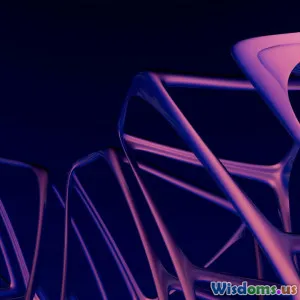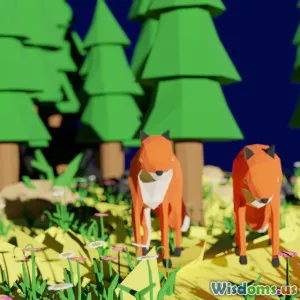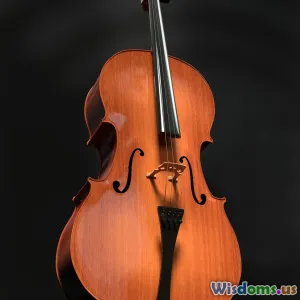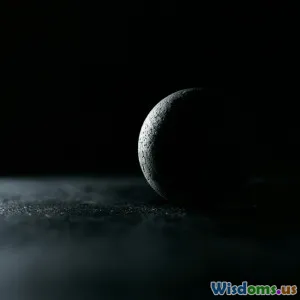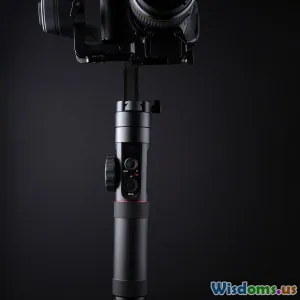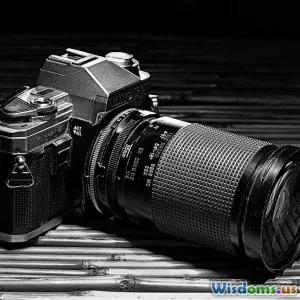
Is Frame By Frame Animation Making A Comeback
17 min read Explore the resurgence of frame by frame animation in modern media, highlighting its unique charm and influence on today's creative industries. (0 Reviews)
Is Frame By Frame Animation Making A Comeback?
For decades, the craft of frame-by-frame animation—sometimes called traditional or hand-drawn animation—seemed increasingly eclipsed by the efficiency of computer-generation and digital tools. Yet, as streaming services, indie studios, and even major filmmakers revive age-old techniques, frame-by-frame is reentering conversations about the future of animation. Is this a passing nod to nostalgia, or is traditional animation genuinely resurging in a digital world?
The Origins and Decline of Frame-By-Frame Animation

The roots of frame-by-frame animation stretch back to the early 20th century, with pioneers like Walt Disney, Max Fleischer, and Winsor McCay breathing life into static images. Each drawing, altered infinitesimally from the last, was photographed onto film to create the illusion of movement. Classics such as Snow White and the Seven Dwarfs (1937) and Bambi (1942) became reference points not only for artistry but also for the labor-intensive, sometimes years-long, process required to achieve fluid motion and expressive characters.
However, by the late 1990s and early 2000s, computer-generated imagery (CGI) had started to overtake traditional hand-drawn methods. Studios such as Pixar dazzled audiences with Toy Story (1995), and competitors soon followed suit, as 3D tools rendered animation faster, cheaper, and formatted seamlessly for new forms of distribution. Where hand-drawn animation once filled box offices, by the 2010s, most Western studios, including Disney, had converted to primarily digital pipelines. The practice of meticulously redrawing every frame faded, leading many to conclude it was obsolete.
Technological Advances: A Double-Edged Sword For Tradition
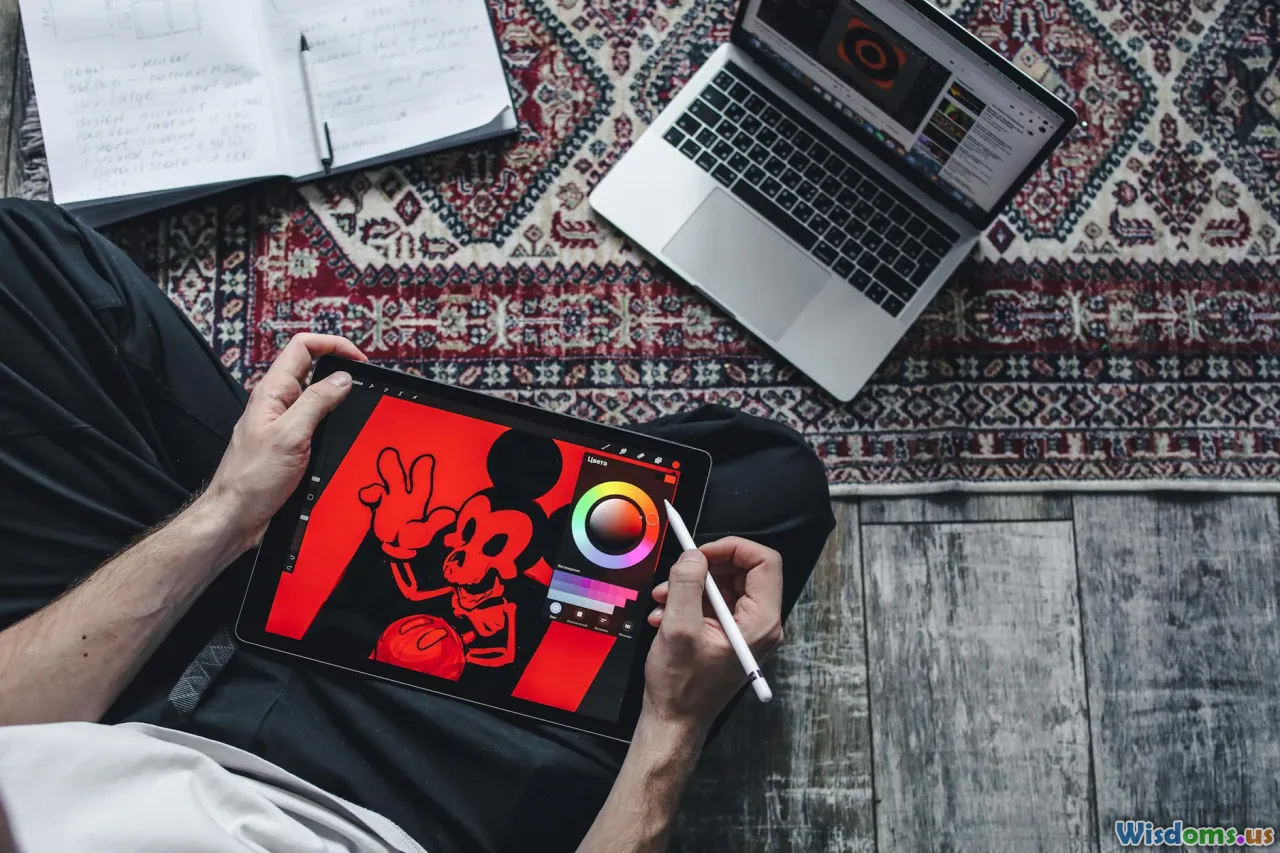
Digital technology revolutionized animation—both as accelerator and disruptor. Modern drawing tablets, like the Wacom Cintiq, and novel software such as TVPaint, Toon Boom Harmony, and Adobe Animate have made creating frame-by-frame animation more accessible. These tools preserve the "feel" of uncluttered traditional linework but layer on conveniences: onion skinning to preview changes, unlimited undos, and instant color changes.
Yet, with such power at animators' fingertips, why return to laborious, frame-by-frame work when motion tweens and rigging often suffice? The answer resides largely in aesthetics. Computer animation, particularly when overautomated, risks appearing rigid, lifeless, or "uncanny." Recent years have shown that, paradoxically, new technology enables not just possible improvements in traditional workflow but a broader embrace of hand-drawn artistry, as creators intentionally seek out the controlled imperfection and expressiveness only frame-by-frame can offer.
Contemporary Examples: A Resurgent Craft
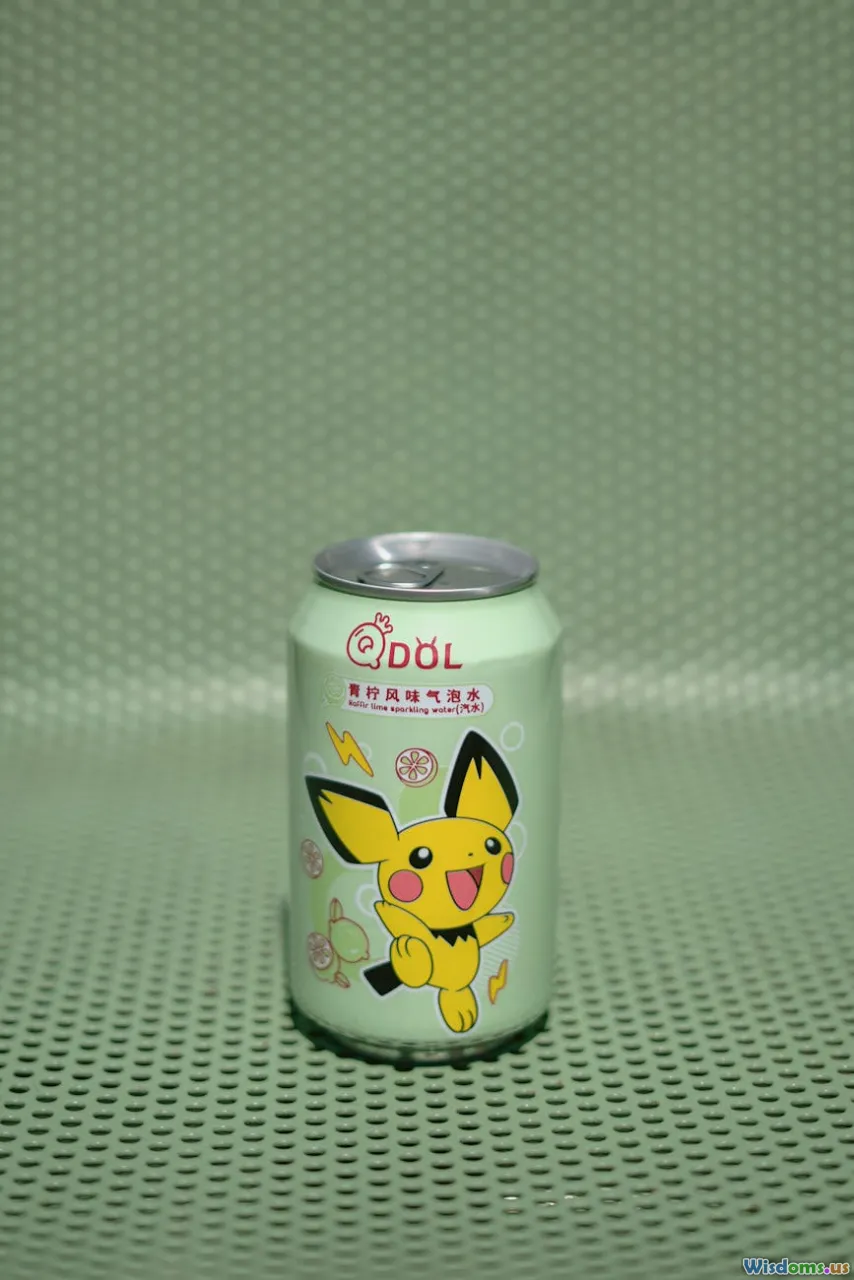
Hand-drawn animation has had some high-profile modern successes. Japanese studios, most notably Studio Ghibli, have consistently stuck with hand-drawn methods, finding international acclaim with films like Spirited Away and more recently The Boy and the Heron (2023). But it isn't just Japan bucking the trend.
Sony Pictures Animation’s Spider-Man: Into the Spider-Verse (2018) upended expectations, blending digital 3D models with 2D frame-by-frame touches—halftones, smears, irregular outlines—to emphasize a comic book feel. The sequel, Across the Spider-Verse (2023), leaned even harder into traditional techniques, revolutionizing not only visual style but also audience appetite for textural, handcrafted frames.
We’re also seeing a new generation of indie filmmakers and animation studios—Cartoon Saloon (Wolfwalkers, Song of the Sea), Laika (Kubo and the Two Strings, which melds stop-motion and 2D animation via digital assists), and Netflix-backed short films (Canvas, If Anything Happens I Love You)—favoring hand-drawn approaches for distinctiveness. On YouTube and Patreon, web animations such as Vivziepop’s Hazbin Hotel demonstrate young artists' embrace of frame-by-frame as both creative outlet and career launcher.
Fact: As of 2023, nearly half of the top-grossing animated films in Japan were entirely or predominantly hand-drawn, affirming viable markets still exist outside the CGI mainstream (Source).
Audience Appetite: Why Hand-Drawn Is Resonating Again

Why are audiences and animators returning to time-consuming processes when efficiency and profitability still drive most media production? One answer: viewers crave authenticity and emotional depth in an era awash in algorithmically-produced content. Hand-drawn animation inherently carries the idiosyncrasies of its creators. Every fluctuation of line, every subtle exaggeration, communicates a sense of humanity—which CGI, for all its polish, often struggles to emulate.
Reviews for Spider-Verse, Arcane (Riot Games’ League of Legends adaptation, blending hand-painted 2D and 3D), and Cartoon Saloon’s features repeatedly highlight their “tactile,” “alive,” or “soulful” storytelling—qualities linked in viewers’ minds to traditional display, irrespective of whether only physical cels or hybrid digital tools are used. As the novelty of hyper-realistic CGI fades, younger generations, including many raised entirely on digital content, seem hungry for something that feels intentional and crafted.
Example: When Netflix released Klaus (2019), an “old-school” frame-by-frame Christmas film, it became an instant hit, praised both for its heartwarming narrative and the rediscovery of visual techniques thought eclipsed. Klaus was nominated for an Academy Award, attesting to renewed respect and relevance.
How Technology Is Fuelling Frame-By-Frame’s Renaissance
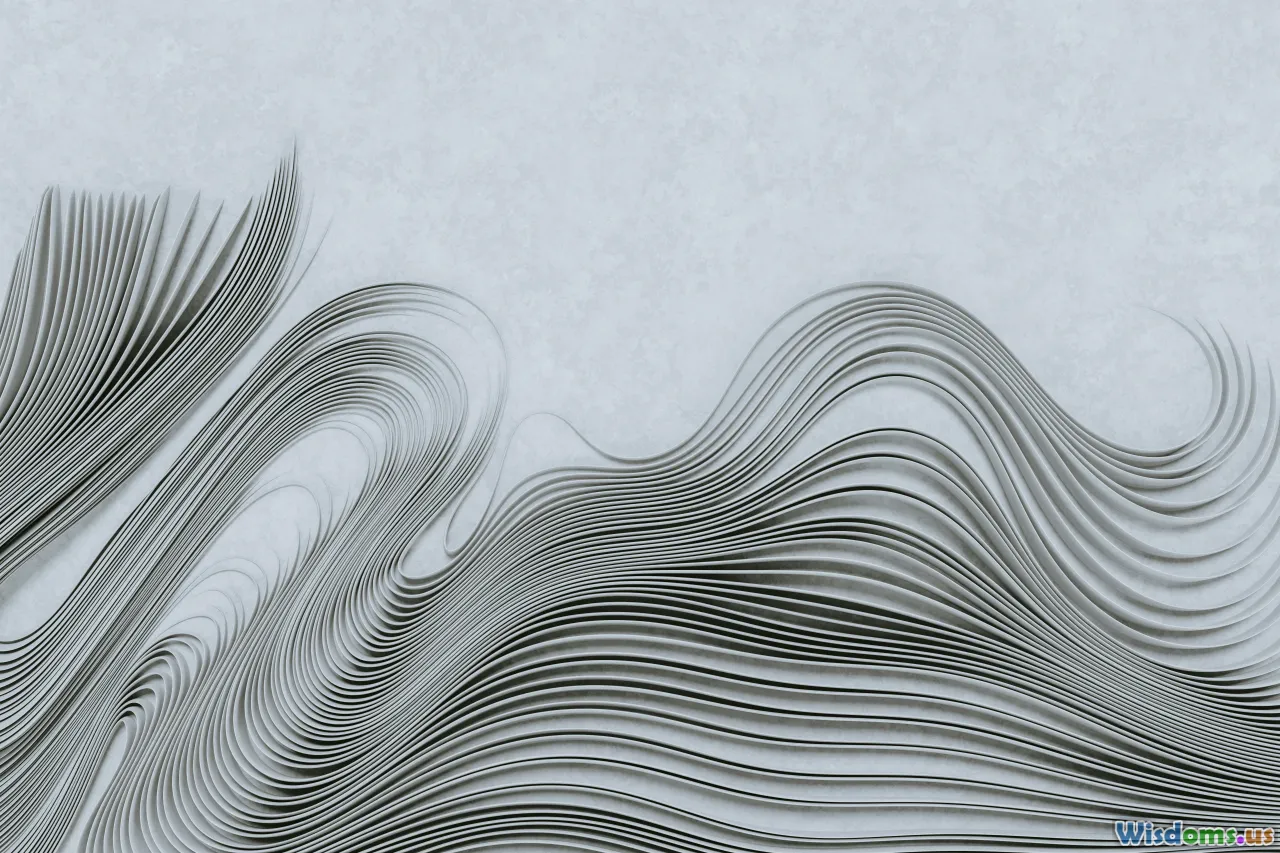
Ironically, while traditional animation’s comeback is culturally driven, technology underpins its practical resurgence. Today, even one-person animation studios can produce polished work using a laptop, pressure-sensitive stylus, and software costing a fraction of old production budgets.
Hybrid Pipelines: Modern films rarely stick strictly to ink-on-paper methods. Instead, animators leverage digital painting and compositing to blend classic sequence drawing with computer-generated inbetweens, particle effects, and elaborate lighting. For example, Wolfwalkers employed a hybrid pipeline: hand-drawn character animation scanned and painted digitally, merged with digitally rendered backgrounds to emphasize woodcut-style aesthetics.
Remote Collaboration: Cloud-based tools—like Google’s OpenToonz, a modern open-source adaptation of the software that powered Studio Ghibli—allow dispersed teams worldwide to work on a single project asynchronously, democratizing access to high-quality frame-by-frame production.
AI Assistance: Even artificial intelligence is aiding the return, with tools that clean linework, interpolate inbetweens, or upscale rough sketches while retaining the organic "hand" of the artist. Instead of replacing animators, AI increasingly serves their vision, speeding process without undermining creativity.
Insight: According to the Animation Guild, from 2021-2023, job postings specifically seeking frame-by-frame animators grew by 38%, reflecting industry adaption to new pipelines where hand-drawn animation is core—not an afterthought.
The Indie Explosion: An Internet-Driven Revival
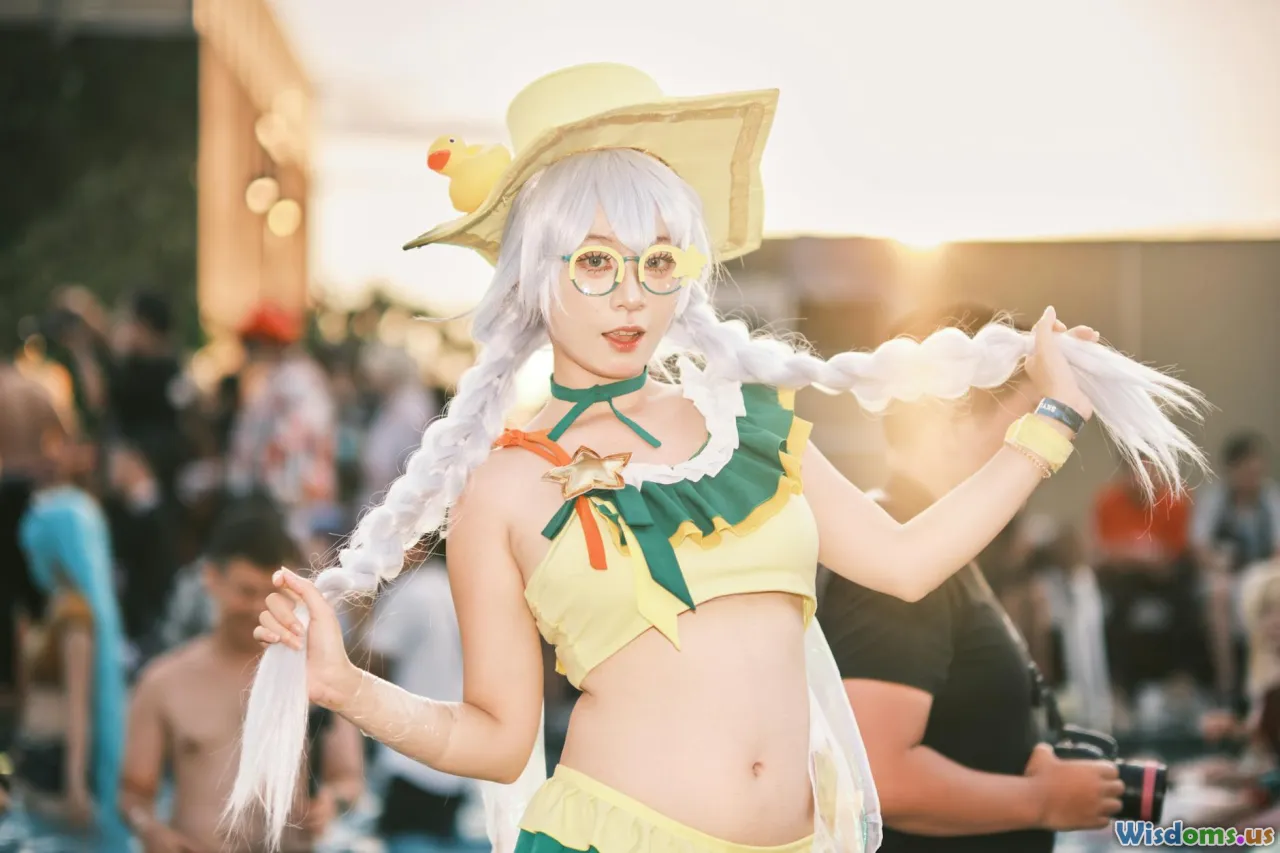
The 2010s and 2020s have witnessed a bloom of independent, internet-fueled animation. Platforms like YouTube, Newgrounds, and Vimeo have empowered solo creators or small teams to release laboriously-crafted episodes and shorts directly to global audiences, bypassing established animation hierarchies.
Hazbin Hotel, initially funded via Patreon and created almost entirely frame-by-frame using digital tools, is a striking case. Its viral popularity attracted studio investment and led to a deal with Amazon. Similarly, Simon’s Cat on YouTube amasses hundreds of millions of views—demonstrating massive audience appeal for line-drawn, humorous shorts.
Annual online animation festivals now showcase dozens of grassroots projects, with honors often landing on classically-trained, digitally-empowered artisans wielding frame-by-frame as a statement of personal control in a corporate market. Each drawing is, by design, a rejection of cookie-cutter CGI templates.
Tip for Creators: Aspiring animators don’t need access to studio facilities. Free and affordable tools (Krita, OpenToonz, Blender’s 2D Grease Pencil, Procreate) put frame-by-frame animation within reach for anyone with dedication and patience. Hosting platforms like YouTube and Patreon remove the distributor middleman, letting unique voices thrive.
The Business of Tradition: Is It Sustainable?

Skeptics question whether the modern embrace of frame-by-frame is financially rational. After all, classical hand-drawn animation—particularly in large formats like feature films—remains time-consuming and labor-intensive compared to CGI pipelines that can be massively scaled.
Yet, shifting entertainment ecosystems are altering financial calculations. Streaming platforms need differentiated content; branding through visual distinctiveness can drive non-obvious, niche subscriber gains more reliably than yet another polished 3D sequel. For indie creators, platforms like Kickstarter or Patreon enable direct audience funding, mitigating risks of traditional studio backing.
Moreover, advancements in outsourcing and asset reuse allow even major productions to maintain hand-drawn core scenes while digitally cloning inbetweens or leveraging rotoscoping (tracing live action). Productions like The Lion King remake (2019) demonstrated audiences’ attachment to warmer, retro visuals—prompting new work in 2D style for projects like Disney’s Zootopia+ (2022 series) and 2023’s Wish, partially blending frame-counted tradition with slick modern graphics.
Actionable Advice for Studios: Consider blending key pose-driven, frame-by-frame sequences for emotion-intensive moments (close-ups, dramatic dialogue) while implementing labor-saving digital inbetweens for less critical scenes. Reserve complex hand animation for story beats where it delivers a clear competitive advantage—and use digital toolkits to streamline production elsewhere.
The Educational Shift: Training a New Generation
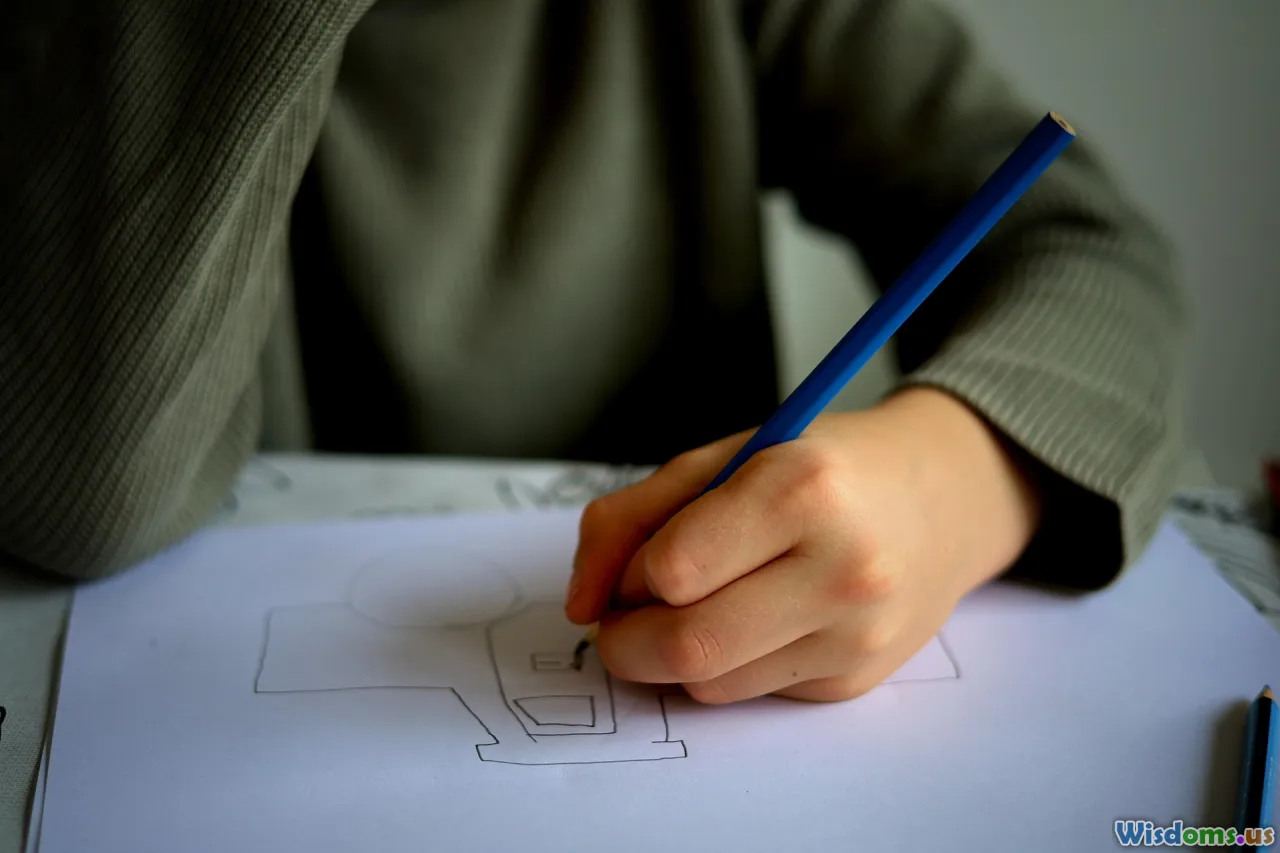
As demand surges, art schools and animation academies worldwide are reintroducing rigorous frame-by-frame curricula. Students learn to break down motion, master timing charts, and understand not merely how to move an object, but how to breathe personality into a character, second by painstaking second.
Institutions such as CalArts, Gobelins (Paris), and Sheridan College have expanded both analog and digital hand-drawn courses. In 2023, the Animation Guild reported nearly half of enrolled animation students in surveyed programs requested specialized frame-by-frame classes—up from just 19% in 2017.
Public and private workshops, many led by veteran animators of the Disney Renaissance era or iconic anime leagues, have found new life on platforms like Skillshare and Coursera, generating huge enrollments with online-friendly lesson plans. Studios like Titmouse even offer community affordances for aspiring experimenters.
Tip: For aspiring professionals, proficiency in both digital CGI and traditional frame-by-frame increases employability and creative versatility. Seek out workshops, short-form challenges (like #AniMarch), and mentorships that emphasize hands-on practice.
Visual Identity and the Future: More Than Nostalgia
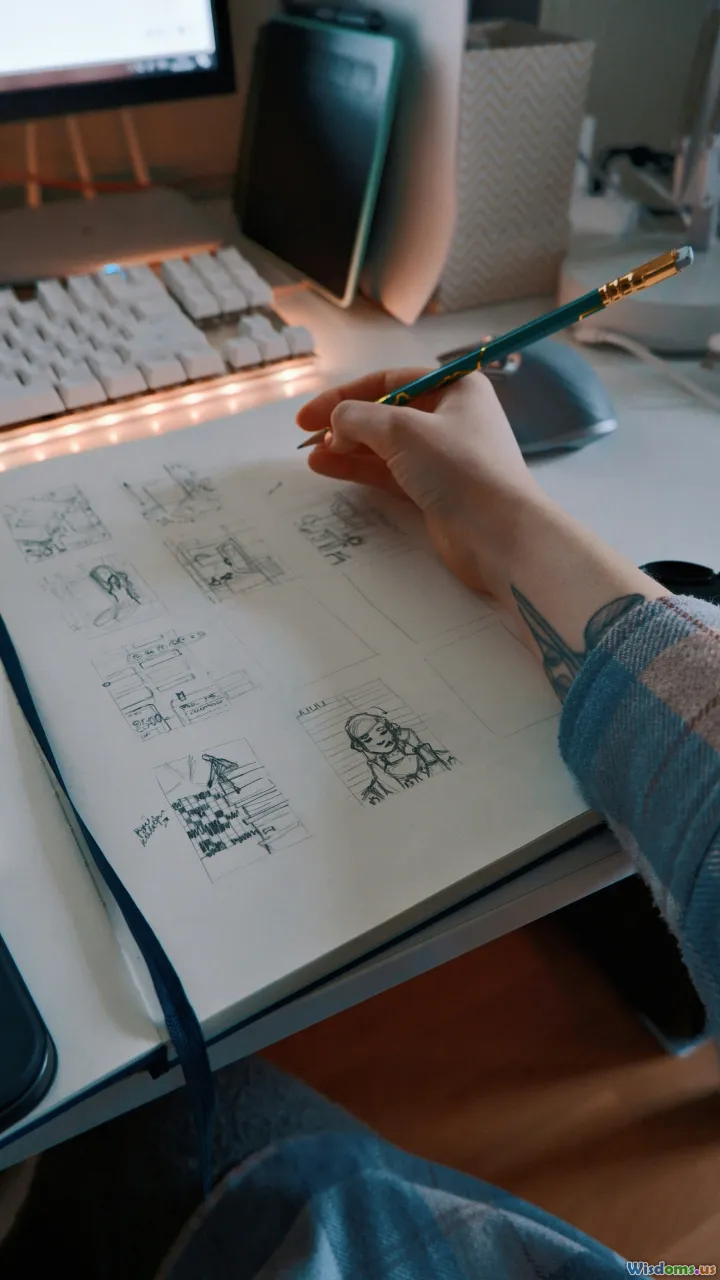
Ultimately, the return to frame-by-frame signals more than a retro nod. In a high-output, asset-driven content era, studios and independent creators alike recognize visual identity as a brand’s competitive edge. The crude expressiveness of classic cartoons, the lyrical subtlety of Ghibli, the bombastic pop of Spider-Verse: each harnesses a particular form of hand-drawn movement as storytelling language.
Additionally, as animation expands into virtual production, gaming, augmented and virtual reality, the discipline and creativity fostered through frame-by-frame studies spill into unexpected applications—motion design, UX, even biomedical visualization.
Fact: Netflix, Apple TV+, and Disney+ all currently fund or distribute new work blending frame-by-frame and digital methods, recognizing that in a saturated market, aesthetic distinction sells—especially to global and niche audiences underserved by algorithmic content engines.
Looking Forward: The Artist’s Era
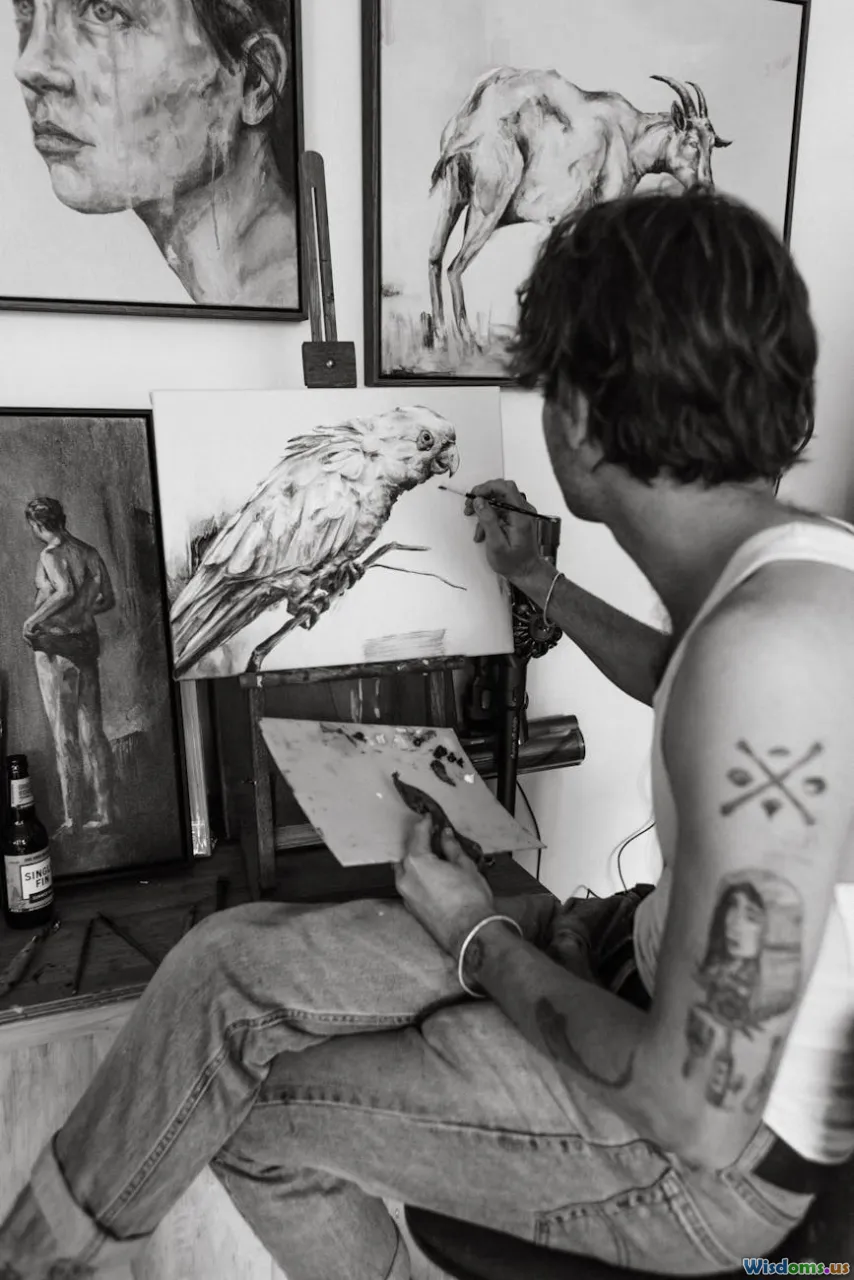
Frame-by-frame’s resurgence is not only a result of nostalgia but an answer to oversaturated algorithmic entertainment. By prioritizing intentionality, emotional nuance, and craft, frame-by-frame animation asserts the continued primacy of the artist over the machine.
For studios willing to invest, for creators eager to learn, and for audiences hungry for stories told with evident love and labor, frame-by-frame is no passing trend. Supported by technology, backed by crowd-powered business models, and driven by a new generation of animators and fans, this soulful art form is poised to flourish far into the future, blurring the boundary between tradition and innovation—all, one drawing at a time.
Rate the Post
User Reviews
Popular Posts










